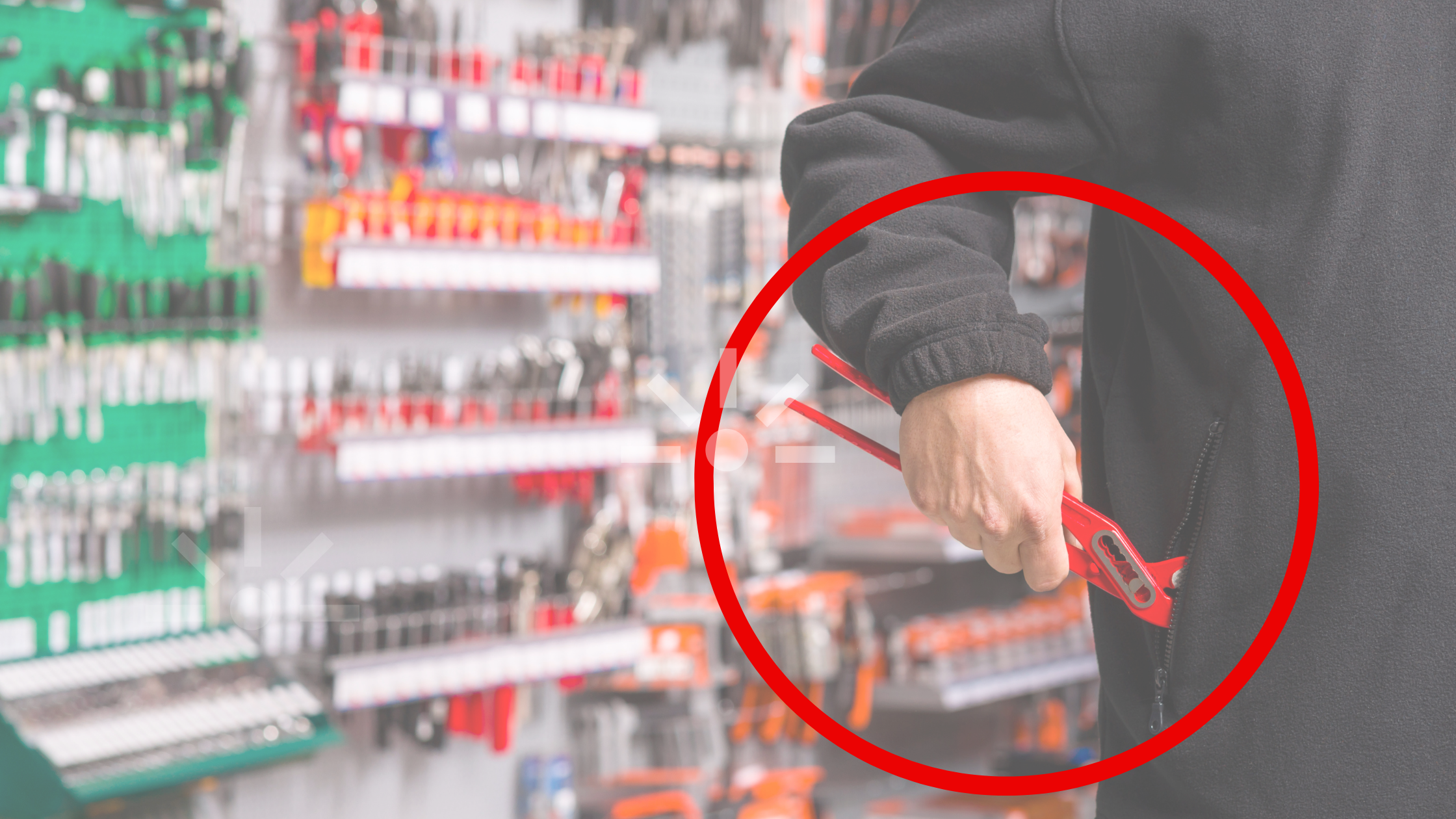The Rise of Self-Checkout
In today’s busy and fast-paced world, convenience is key for business success in the retail industry. Self-checkout is a popular trend in supermarkets, department stores, and even small retail shops. Shoppers like the ease of skipping long queues and completing transactions on their own. User-friendly navigation lets us scan and bag our items; thus, eliminating the need for a cashier, helping us shop quicker and more efficiently. Retailers, on the other hand, save costs associated with reduced cashier staffing.
However, this convenience comes with one of the most pressing challenges, i.e., shoplifting. Shoplifters exploit the relative anonymity and minimal supervision at the self-checkout kiosks. Thankfully, technology is stepping in to mitigate this risk.
Tech Innovation to Prevent Shoplifting
- Cameras and Sensors: Many self-checkout systems are equipped with advanced surveillance cameras and weight sensors. These technologies can detect differences between scanned items and those present in the bags. If a shopper tries to pass an unpaid item as paid, an alert is triggered, prompting the store personnel to intervene.
- RFID Tags: Radio-frequency identification (RFID) tags are tiny electronic tags attached to high-value or frequently stolen items. When an item with an RFID tag passes through the self-checkout scanner without being properly deactivated, it raises an alarm.
- Machine Learning Algorithms: Few self-checkout systems employ ML algorithms to analyze shopping behaviors. These algorithms can identify patterns associated with shoplifting, such as unusual scanning speeds or frequent voided transactions, and notify store employees.
- Customer-Friendly Interface: Self-checkout machines often have user interfaces to assist shoppers throughout the scanning and payment process. These interfaces display helpful messages and alerts to ensure shoppers are aware of their activities.
The growing need in the retail industry for cloud-based Self-Checkouts (SCO) for price and time efficiency drives the market size.
How Shoppers Can Help Prevent Shoplifting
As shoppers, we can take following steps to prevent shoplifting when using self-checkout:
- Double-Check Your Shopping Bag: Before finalizing the transaction, take a moment to review the items on the screen and ensure they match what’s in the bag. Mistakes can happen, and this simple step can prevent unintentional errors.
- Pay Attention: Distractions like talking on the phone or engaging in conversations with others shift focus from the scanning process.
- Follow Store Policies: Familiarize with the store’s self-checkout policies. Be aware of any restrictions or guidelines, such as maximum item limits or age-restricted items that need staff assistance.
- Report Suspicious Behavior: In case of any suspicious behavior, whether it’s a fellow shopper or a machine not functioning properly, inform store employees. Vigilance helps maintain a safe shopping environment for all customers.
- Cashless Payment Methods: Whenever possible, opt for cashless payment methods like credit cards or mobile wallets. These methods leave digital records, making it easier for stores to track purchases and deter shoplifters.
Positive Shopping Experience with Technology
The global self-checkout system market size was valued at USD 4.23 billion in 2022 and is projected to grow from USD 4.88 billion in 2023 to USD 13.98 billion by 2030, exhibiting a CAGR of 16.2% during the forecast period. – Fortune Business Insights
Self-checkout innovations have undoubtedly made our shopping experiences more convenient. Still, they also present challenges in terms of preventing shoplifting. Fortunately, retailers are leveraging advanced technologies to enhance security and minimize losses.
As responsible shoppers, we need to contribute and work together with retailers and their innovative systems, to create a safer and more enjoyable shopping environment for everyone.
